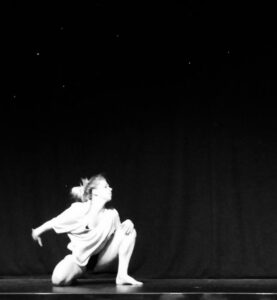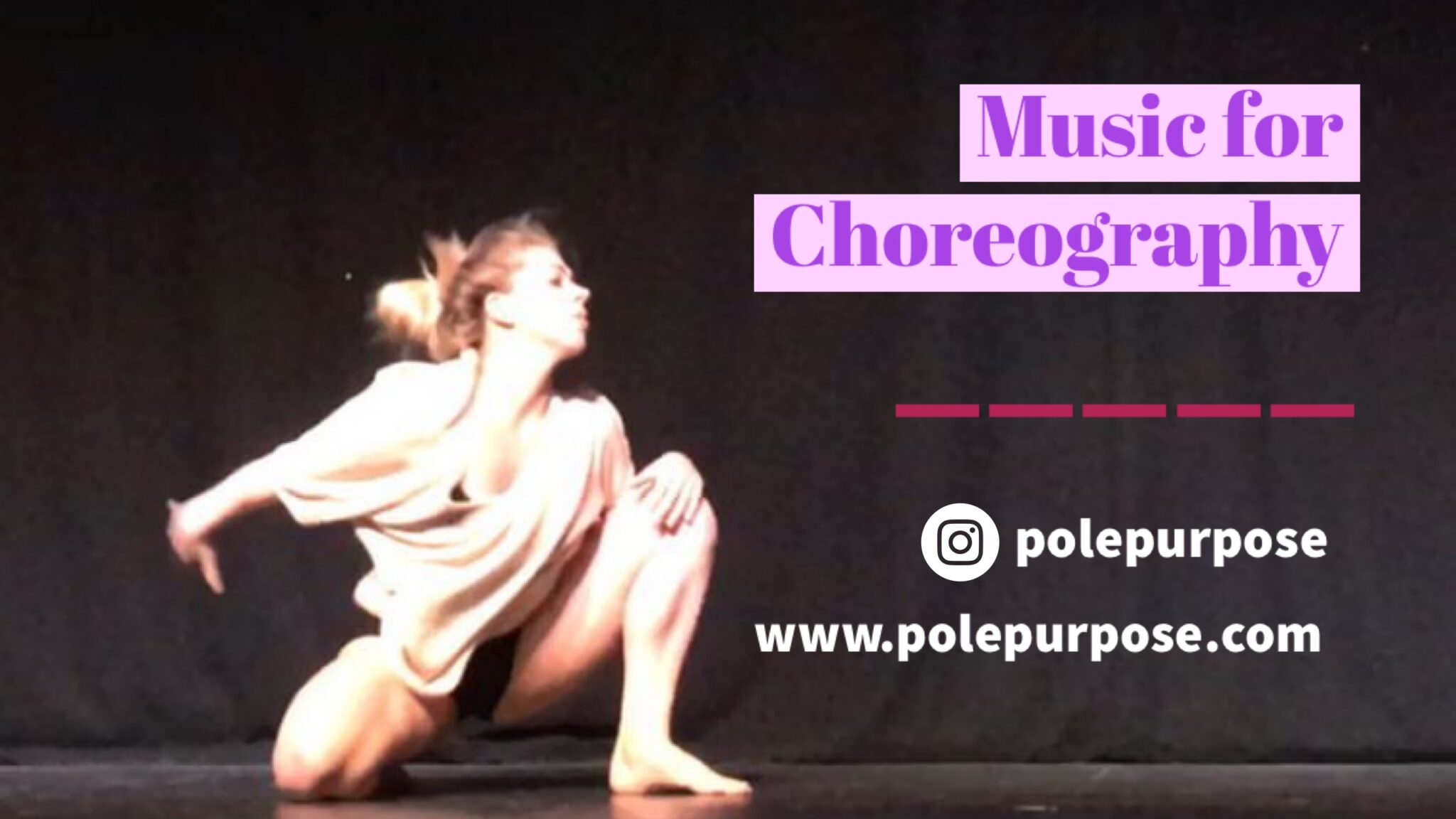Music for Choreography
 Choosing music for choreography depends on a few things such as what inspires you to create, what makes you want to move and what the theme of your work involves. However, that being said, music is not the most essential part of a choreographic process. Look at the following two options.
Choosing music for choreography depends on a few things such as what inspires you to create, what makes you want to move and what the theme of your work involves. However, that being said, music is not the most essential part of a choreographic process. Look at the following two options.
You can create dance without music and then add a soundscape of music to the background, something ambient; something not so leading. This way the movement does not have to fit a specific rhythm or dynamic, allowing you to source movement that is only relevant to your intention.
Or
You can choose a track from the very beginning and work with that particular piece of music throughout your whole process. I’ve tried it both ways and I prefer to do a combination of the two. For example, I like to create the movement by improvising to something either ambient or something very leading, and then I pick out movements that I like and start to build the movement to another track completely.
What you do is up to you and if this is your first time choosing movement for choreography you should definitely try it both ways and make a note of which way you prefer to work.
Choosing Music for Choreography
If you’re looking for ambient music for your choreography I recommend artist such as Brian Eno and Olafur Arnolds, but if you’re looking for a bit more atmosphere and a strong beat I would recommend the soundtracks from the films Hanna and Run Lola Run. Soundtracks always offer something unique.
Also, don’t be afraid to mix it up a bit. Seriously, you can mix your own tracks. There is a free software called Audacity which is what I use if I need to chop, change, mix or add to a piece of music. Here is a free tutorial on how to use it and here is the link to the software.
Finalizing Music for Choreography
If you already have a movement combination, record it with your camera phone and then play different tracks as you watch yourself back on the video. I do this by downloading the video file to my computer, opening it in windows media player and then shuffling my iTunes library until something stands out and blends well with the movement. My music library ranges from electronica, classical, rock, metal and jazz so there is a lot of choice.
Alternatively, if I was at the stage where I didn’t have any movement together and I was just in search of music I would look at any dance videos on YouTube, mute the volume and then open iTunes to see just how much the music can change the feel of the movement. This usually narrows it down to a few tracks.
So, whether you are looking for music to inspire your movement or if you want the music to compliment your existing movement the tips above will work for you. Be sure to choose something that “speaks to you” and make notes of tracks you liked, but that didn’t quite make the cut. You never know, you might need them for another project in the future or it could be added to one of your class playlists. Choreographers / dance teachers / performers can never have too much music.
Rowena x
Don’t forget to check out “Speaking through Movement” and follow Pole Purpose on Twitter and Instagram




No Comments